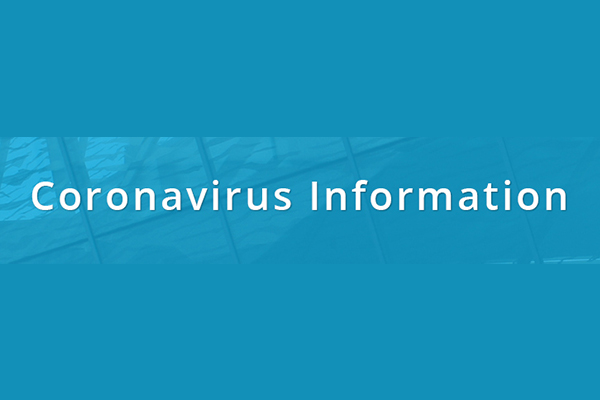COVID-19 testing tip: If you’re in a positive pool, play it safe until you get your reflex result
If you get a test on campus and are notified that you’re in a positive pool, that doesn’t mean you have COVID-19 – but it does mean you need to quarantine for at least a little while, so that a second round of testing can determine who in the pool is positive.
We’ve been running pool testing at SUNY New Paltz since September, but some members of our community may not know that getting a pool test can actually involve two tests:
1) First, your sample is pooled with others, and the whole pool is tested.
a) If this first pool test comes back negative, that means everyone in the pool is in the clear.
b) But, if that pool test comes back positive, at least one person in the pool is positive, and a secondary round of testing is necessary.
2) Each individual sample in a positive pool gets tested again. This is called a “reflex” test.
It usually takes about a day in between the first pool test and the second reflex test to identify which individual(s) within a positive pool are positive, and which are negative.
In order to control the spread of COVID-19 in our community, we must assume that any member of a positive pool could be positive while we wait for the reflex results. That’s why we direct everyone in a positive pool to quarantine, even though we know most people in the pool will end up being negative for COVID-19.
Students, faculty and staff can do their part to help control the spread by playing it safe if they’re in a positive pool. Please act as though you could spread the virus to anyone. Those who get tested off campus should be extra cautious while waiting for their results, as well. Your precaution during those hours between the pool test and the reflex test could save someone’s life.
One more tip: Individuals who are in a positive pool should not go out to get another test. It’s hard to be patient, but the reflex test results are coming, and getting another test just puts you at risk of exposing people at the testing site unnecessarily.

